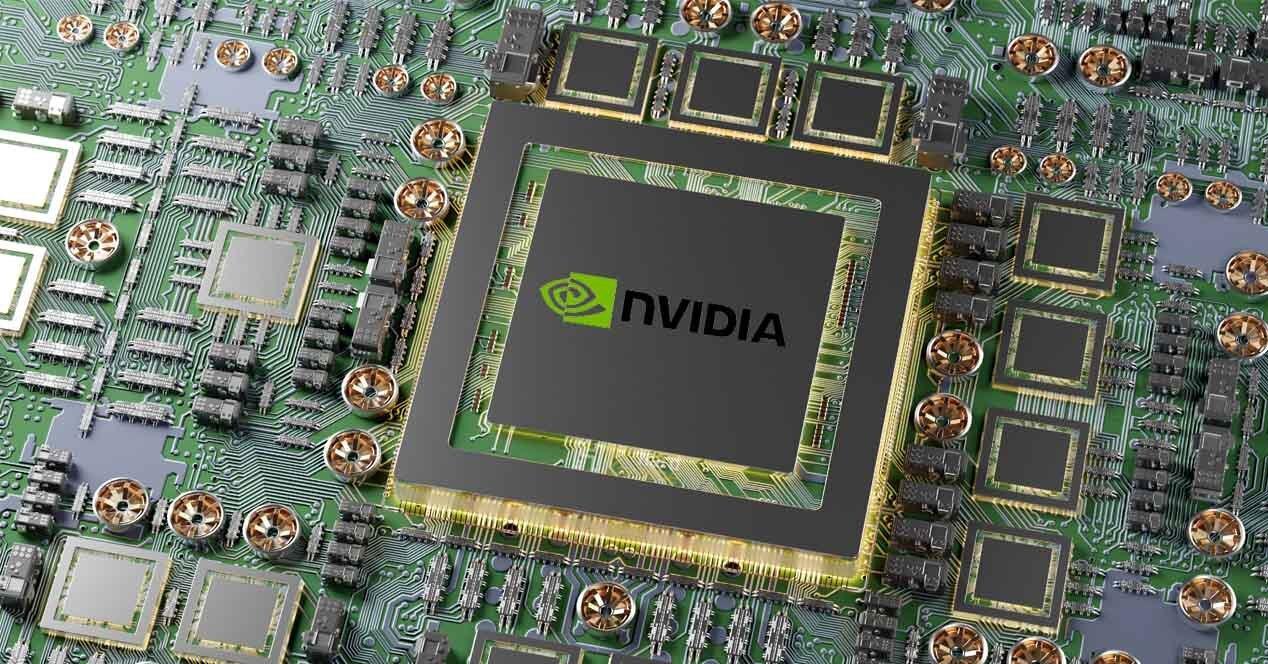One of NVIDIA’s secret weapons when it comes to the performance of its current graphics cards was the adoption of a proprietary Micron standard for VRAM. Well, it looks like GDDR6X is repeating itself in the RTX 40. This time much faster and with greater capacity. Since the second generation of this memory has just been officially announced. What else will it bring us?
Video memory or VRAM is crucial to the performance of a graphics card, which is why NVIDIA opted for GDDR6X for its high-end RTX 30s, as they can provide much higher bandwidth than regular GDDR6. . Well, it looks like Micron’s exclusive-use VRAM can be considered a success to go along with NVIDIA’s most advanced GPUs.
And it is that the company specializing in the design and manufacture of memories has just announced the second generation of said memory. So let’s see how the GDDR6X will be in the NVIDIA RTX 40 and what new performance and capabilities it brings us compared to the current one. Will we finally see AMD adopt this type of memory in its future RX 7000 or will it continue to be exclusive to the brand with the green logo? Who knows, for the moment we are betting on seeing it only in the next generation of the green brand, but we could have a surprise.
Here is the GDDR6X for RTX 40: 2 GB per chip and a speed of 24 Gbps
If there’s something that was heavily criticized about the GDDR6X in the NVIDIA RTX 30 generation, it’s the fact that its capacity per memory chip has long been 1 GB, so it had to be placed twice more chips, in shared data bus mode, in order to have very high memory capacities. This doubles the cost of memory on the graphics card. However, this GDDR6X exists with 2 GB capacity per chip is nothing new, as it is with the RTX 3090 Ti.
It is the increase in bandwidth where GDDR6X takes all the strength, since when it becomes 24 Gbps we’re talking that today a hypothetical RTX 3090 with a 384-bit bus would go from 1008 GB/s bandwidth to a bandwidth of 1152 GB/s. Either way, we keep wondering if that’ll be enough to power the up to 144 shader cores this beast of a graphics card will have.
Let’s not forget either that this improvement has been made possible by the increase in power consumption, thanks to the new 12+4 pin connector. Thanks to which the graphics cards will no longer have a consumption limit of 375 W to 675 W. At the same time, the question that besets us is whether for the mid-range of the RTX 40 we will also see the use of the GDDR6X this time, although we expect transfer speeds below 24 Gbps.









